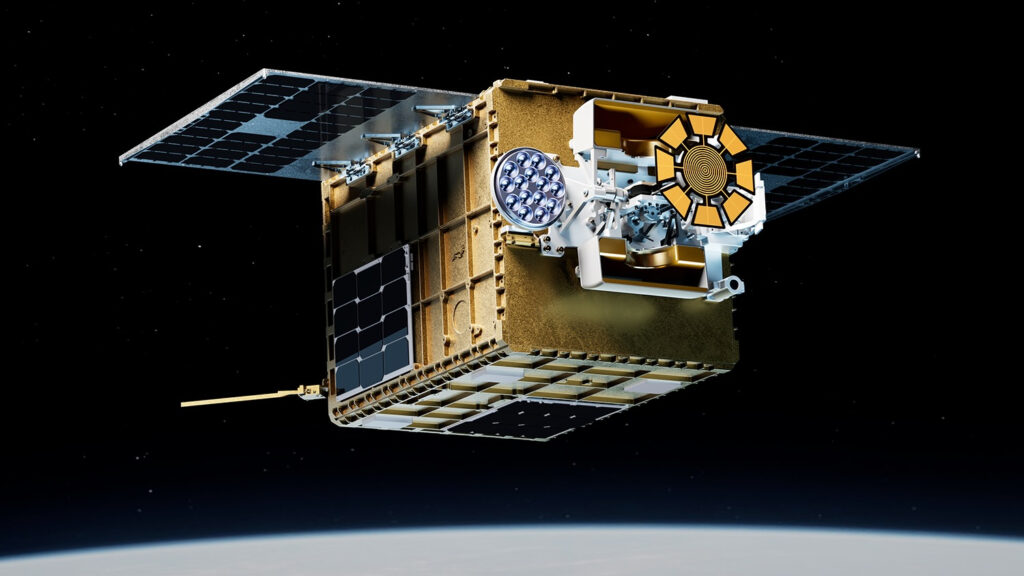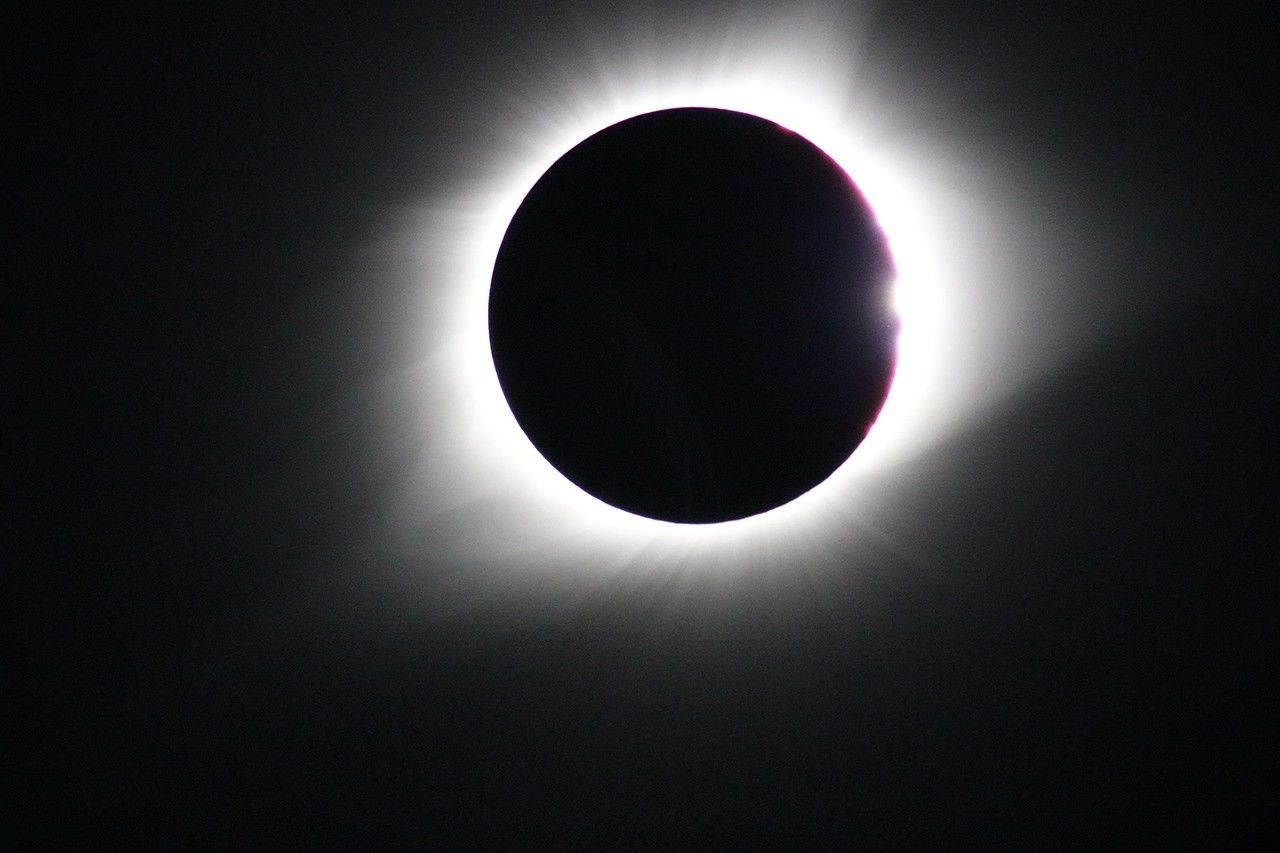Now Reading: 2 billion-year-old moon rock found in Africa reveals secret lunar history
-
01
2 billion-year-old moon rock found in Africa reveals secret lunar history
2 billion-year-old moon rock found in Africa reveals secret lunar history
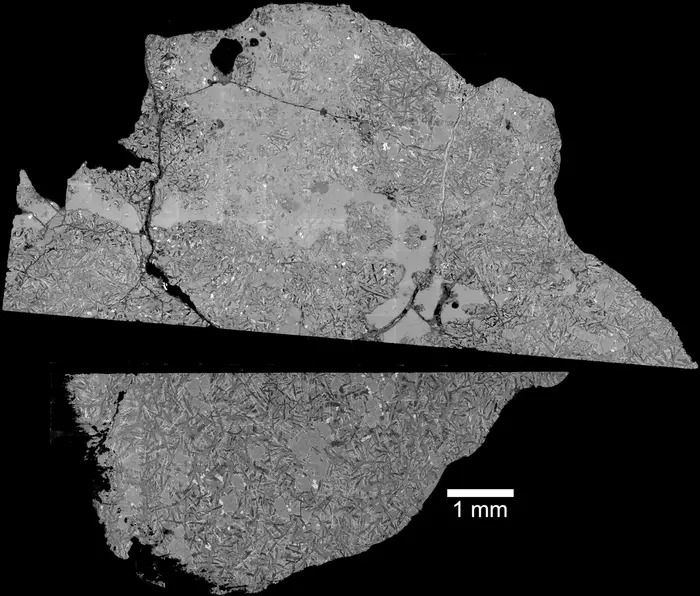
A meteorite that fell from the moon and was found in Africa is a rare volcanic rock dating from a time period in lunar history that scientists know little about.
The 311-gram space rock was discovered in 2023 and is known as the Northwest Africa 16286 meteorite — and based on the decay of the lead isotopes that it contains, its formation has been dated to about 2.35 billion years ago.
“Its age and composition show that volcanic activity continued on the moon throughout this timespan, and our analysis suggests an ongoing heat-generation process within the moon, potentially from radiogenic elements decaying and producing heat over a long period,” said lead researcher Joshua Snape of the University of Manchester in a statement.
The meteorite is an important piece in the jigsaw that is the moon’s history, filling-in an almost billion-year-long gap in our knowledge. The meteorite is much younger than samples brought back to Earth by NASA’s Apollo missions, the Soviet Union’s Luna missions and China’s Chang’e 6 mission, all of which range between 3.1 billion and 4.3 billion years old, but older than the 1.9-billion-year-old rocks returned by Chang’e 5.
Crucially, meteorite 16286 has a volcanic origin, with geochemical analysis showing that it formed when a lava flow from deep within the moon vented onto the surface and solidified. It contains relatively large crystals of a mineral called olivine, moderate levels of titanium and high levels of potassium. Its lead isotopes also point to a volcanic source deep underground that has an unusually high uranium-to-lead ratio (the lead being a decay product of uranium). This abundance of uranium, and the heat it produced as it underwent radioactive decay, is a potential clue as to what was keeping volcanism going a billion years after the moon’s main bouts of volcanism had ceased.
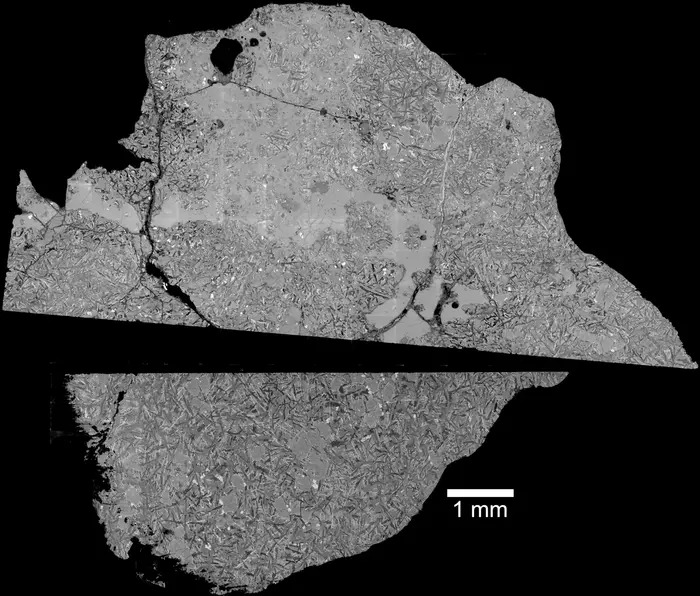
There are only 31 volcanic lunar rocks that have been found on Earth in the form of meteorites, and meteorite 16286 is by far the youngest.
“Moon rocks are rare, so it’s interesting when we get something that stands out and looks different to everything else,” said Snape.
The meteorite is more evidence that volcanism continued throughout this period on the moon; Chang’e 5 has found such evidence in its samples from the moon’s farside of volcanism in the past 123 million years. Together, these discoveries are transforming what we thought we thought we knew about the moon’s volcanism and how the moon has remained geologically active, at least in bursts, almost to the present day.
RELATED STORIES
The next step is to pinpoint the meteorite’s origin on the moon: likely a crater blasted into the surface by an impact that ejected the meteorite long ago. Once identified, it will be a prime location for a future sample-return mission to learn more about lunar volcanism during this little-known period, from which so few samples exist.
Snape presented the findings at the world’s premier geochemistry meeting, the Goldschmidt Conference in Prague held between July 6 and July 11.
Stay Informed With the Latest & Most Important News
Previous Post
Next Post
-
 01From Polymerization-Enabled Folding and Assembly to Chemical Evolution: Key Processes for Emergence of Functional Polymers in the Origin of Life
01From Polymerization-Enabled Folding and Assembly to Chemical Evolution: Key Processes for Emergence of Functional Polymers in the Origin of Life -
 02Two Black Holes Observed Circling Each Other for the First Time
02Two Black Holes Observed Circling Each Other for the First Time -
 03How New NASA, India Earth Satellite NISAR Will See Earth
03How New NASA, India Earth Satellite NISAR Will See Earth -
 04Thermodynamic Constraints On The Citric Acid Cycle And Related Reactions In Ocean World Interiors
04Thermodynamic Constraints On The Citric Acid Cycle And Related Reactions In Ocean World Interiors -
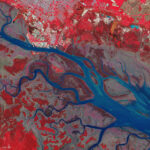 05Φsat-2 begins science phase for AI Earth images
05Φsat-2 begins science phase for AI Earth images -
 06Hurricane forecasters are losing 3 key satellites ahead of peak storm season − a meteorologist explains why it matters
06Hurricane forecasters are losing 3 key satellites ahead of peak storm season − a meteorologist explains why it matters -
 07U.S. Space Force awards $13.7 billion in new national security launch contracts to Blue Origin, SpaceX and ULA
07U.S. Space Force awards $13.7 billion in new national security launch contracts to Blue Origin, SpaceX and ULA














